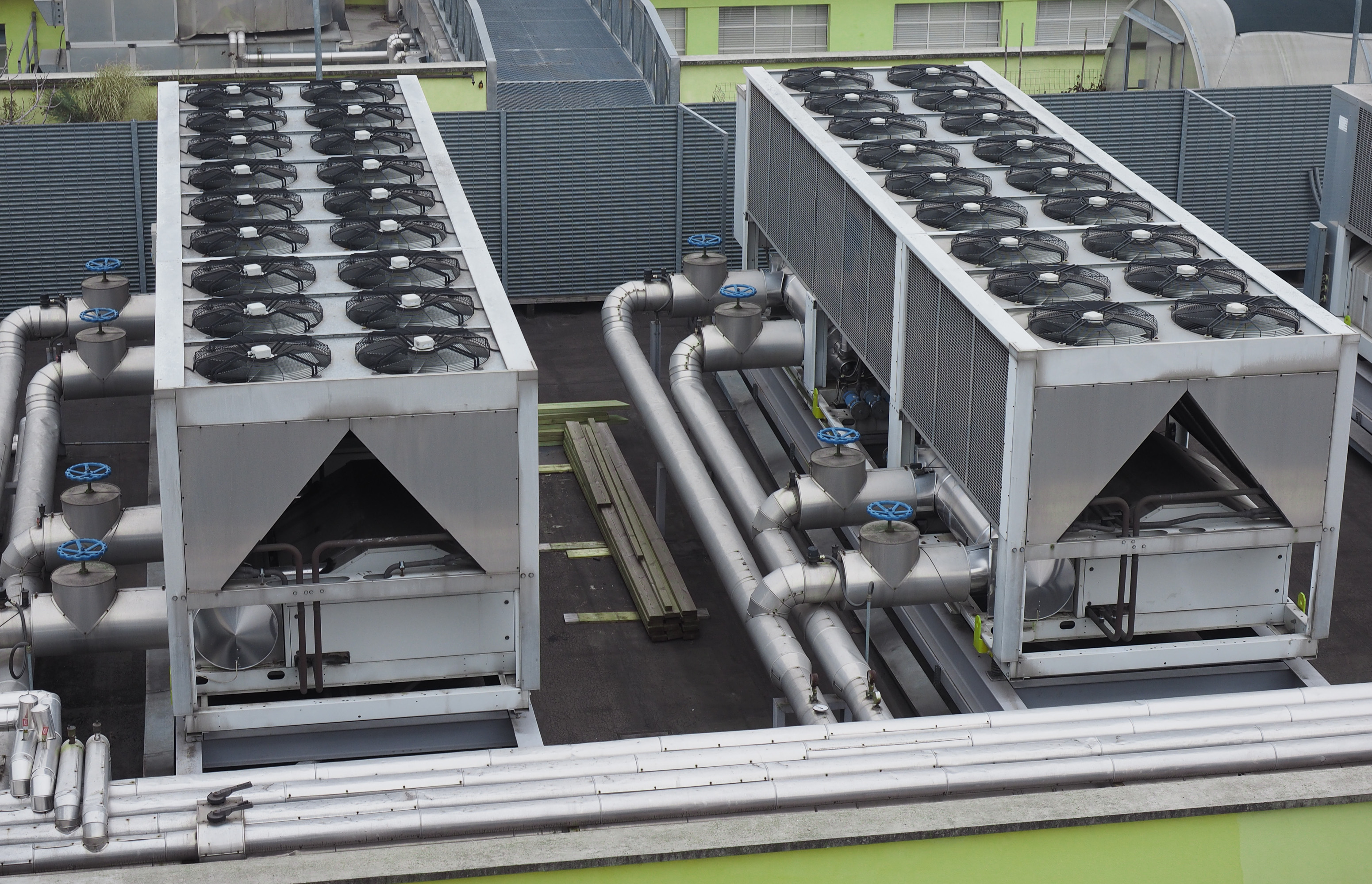
A growing number of healthcare centers are shifting from fossil fuels to renewable energy as energy costs continue to rise and the government tightens the regulations on carbon emissions. Renewable energy refers to energy produced from natural resources including wind, sunlight, geothermal and biomass. Hospitals use around two and one-half times the power consumed by the average commercial building. They are, therefore, in a position to save more on energy costs by adopting renewable energy.
Pros of renewable energy in hospitals
Renewable energy can offer a lot of advantages to hospitals. Apart from the fact that it is a continual source of energy, here are some of the other benefits of switching hospitals to renewable energy.
1. Reduced energy costs
Although the initial investment costs are high, the cost of operation for renewable energy is much lower than that of fossil fuels once everything is in place. That reduces the energy costs for the hospitals thus allowing them to redirect the money to other projects such as offering tuition reimbursements to employees pursuing online nursing programs.
2. Improved public health
Non-renewable sources of energy such as coal and natural gas are associated with a variety of health problems including heart attack, neurological damage, and cancer. Replacing such sources with renewable energy will improve overall public health and reduce health costs significantly.
3. Environmental conservation
Renewable energy has a much lower carbon footprint than fossil fuels. Additionally, it reduces depletion of natural resources since it is produced from replenishable sources.
4. Stable energy sources
An increase or decrease in the fossil fuels supply directly impacts inflations. The cost of renewable energy only depends on the amount of capital spent on infrastructure and not the cost of natural resources. The energy prices are, therefore, stable.
Cons of renewable energy in hospitals
Hospitals can benefit immensely by adopting renewable energy. However, just like fossil fuels, it has its shortcomings. Here are some of the disadvantages of switching hospitals to renewable energy.
1. High initial investment
Setting up the infrastructure for renewable energy can be a costly investment. The costs are exceptionally high for hospitals since they use a lot of energy. For instance, a lot of solar panels would have to be installed to produce enough power to meet all the energy requirements in a hospital. Some institutions may find financing a renewable energy project difficult to do in-house.
2. Unable to produce enough energy
Renewable resources usually produce less energy in a short span compared to fossil fuels. The technology used in renewable energy production is relatively new, and factors such as weather may hinder large-scale energy production. That could significantly disadvantage hospitals, which have very high energy requirements. An average hospital in the U.S. uses 27.5 kWh of electricity and 109.8 cubic feet of natural gas per ft² every year.
3. Not available everywhere
The raw materials required for renewable energy production such as wind and solar may not be available in all locations. It means that we would need to create an elaborate infrastructure to transport that energy to hospitals in said areas.
4. Vulnerable
Almost all renewable energy sources are susceptible to weather conditions and other climatic factors. For example, abundant rain may hamper solar production while moderate winds may reduce wind energy production. Such circumstances could force hospitals to increase their energy consumption.
Renewable energy is becoming more popular with each passing year. It can enable hospitals to reduce energy costs significantly. Those that rely on renewable sources can stand out from the rest by demonstrating their commitment to environmental conservation and community health. However, this form of energy demands natural resources availability, favorable market conditions and government policy support to be considered an economically viable option for hospitals.
Resources
https://www1.eere.energy.gov/buildings/publications/pdfs/alliances/hea_renewables_fs.pdf
https://bea.touchstoneenergy.com/sites/beabea/files/PDF/Sector/Hospitals.pdf
https://www.wgu.edu/online_health_professions_degrees/online_healthcare_degree
https://www.healthcaredesignmagazine.com/architecture/top-5-things-save-energy-hospitals/

